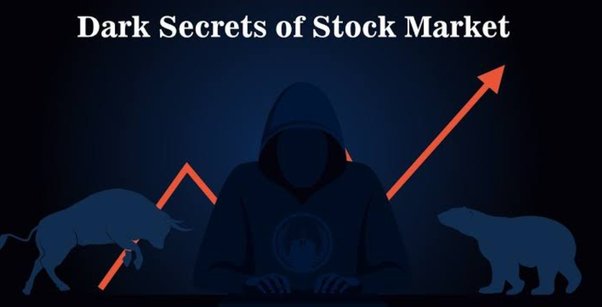Exchange-Traded Funds (ETFs) are like mutual fund schemes trading on stock exchanges. They are passively managed. Typically, ETFs replicate a particular index. It is the most preferred option for investors who want to invest in the stocks of a particular index. For example, ETF Nifty 50 replicates the Nifty 50 index.
ETFs have multiple underlying assets which help in diversification. It invests one’s money in the same proportion as the stock’s weightage in the index. ETFs invest in bonds, stocks, commodities, or a mixture of various investments. It could also invest in a sector-specific index as ETF Bank Nifty invests in all stocks in the Bank Nifty index.
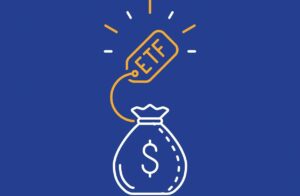
Difference between Mutual funds and ETFs
Firstly, trading of ETFs happens throughout the day like stocks and hence their price keeps on fluctuating. On the other hand, trading of mutual funds occurs only once a day after the market closes. Lastly, more importantly, ETFs are more cost-effective and liquid than mutual funds. It is because these funds are passively managed. One need not pay advisory or management fees for handling the portfolio.
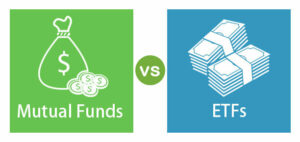
Types of ETFs
- Index ETFs- It allows investors to select a pool of securities under one roof. It tracks a particular index. For example, ETF Sensex helps an investor to invest in all the stocks of the underlying index, here Sensex. SBI-ETF Sensex, IDFC Nifty Funds, etc. are some popular ones.
- Sector/Industry ETFs- The fund allows investors to park their money in a basket of stock of a particular industry or sector. For instance, Blockchain ETFs invest in a basket of blockchain specific stocks. Recently, auto ETFs were launched to provide returns in correspondence to the return of the benchmark Nifty Auto Index.
- Bond ETFs- It provides regular fixed income to investors by replicating a bond index. It includes government bonds, corporate bonds, municipal bonds, etc. SBI ETF 10-year Gilt is an example of bond ETFs.
- Commodity ETFs- They invest in commodities like gold, silver, crude oil, etc. These funds help to diversify the portfolio. Moreover, having a commodity ETF is cheaper than possessing a physical commodity as the former does not include storage, insurance, and other costs. For example, HDFC Gold ETF.
- Currency ETFs- They track the performance of the world’s largest foreign currencies. They help to diversify the portfolio and acts as a hedge against a volatile market. India does not have any INR currency ETFs.
Pre-requisites for an investor to invest in ETF
- He should have a Demat account with any Depository Participant, a registered stockbroker.
- A trading account with a broker.
- Complete the KYC process with both accounts.
Some banks offer 3 in 1 accounts where Demat, bank, and trading accounts are opened in a single form.
One can buy or invest in ETFs by placing an order with the broker over a telephone or online trading system. The market price at which the ETF is bought depends on the demand and supply factors. The prices are slightly different than the NAV published by fund houses at the end of the day. The trading of ETF happens on a real-time basis on the exchange.
Recent ETFs launched in India
US Total Market FOF
Navi Mutual Fund has launched Navi US Total Stock Market Fund of Fund (FOF) which will invest in Vanguard Total Stock Market ETF, the largest passively managed US ETF.
Vanguard Total Stock Market ETF replicates the CRSP US Total Market Index which has more than 4000 stocks. The funds invest in US equities of all sizes- small, mid, and large-cap. It has a sizeable allocation to the US tech giants- Facebook, Apple, Microsoft, Amazon, and Tesla.
The CRSP US Total Market Index is a broader and more comprehensive index with exposure to multiple sectors. The index has provided returns of 28.15%, 20.11%, and 20.27% (in INR) over the past one, five, and ten years, respectively.
The expense ratio is 0.06% annually, subject to change with time. But it will remain within the permissible limit of 1%. This allows Indian investors to have exposure to US stocks at a low cost.
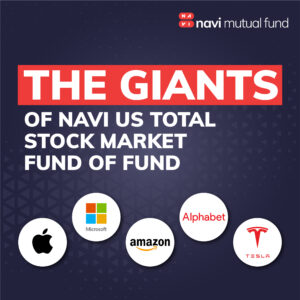
Nifty200 Momentum 30 ETF Index Fund
Motilal Oswal Asset Management Company launched Motilal Oswal Nifty200 Momentum 30 ETF Index Fund which will track the performance of the Nifty200 Momentum 30 Index.
Nifty200 Momentum 30 Index has the top 30 companies with the highest 6-month and 12- month momentum. The stocks need to be a part of the Nifty 200 index and also should be open for trading in the F&O segment with at least one-year listing history.
Historically, momentum is one of the best factors to generate excess returns. The momentum in bull markets and the expansionary business cycle have provided stellar returns.
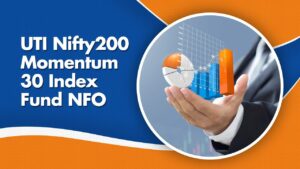
Nifty India Manufacturing ETF and FOF
Mirae Asset Mutual Fund launched Mirae Asset Nifty India Manufacturing ETF which will replicate Nifty India Manufacturing Total Return Index (an index). It has also introduced Mirae Asset Nifty India Manufacturing ETF FOF which will track Mirae Asset Nifty India Manufacturing ETF (an ETF).
Consumption and services are a focus area for investors. But manufacturing is still underrated despite a strong performance. In future, Manufacturing has the potential to become the key driver of growth in India due to government initiatives like Production Linked Scheme (PLI) and Make in India. Over the past few years, Indian manufacturing companies are becoming more digitized and are incorporating Industry 4.0 into their processes. It helps them to become more efficient and competitive with quality improvements. This will open a larger domestic market and increase export opportunities.
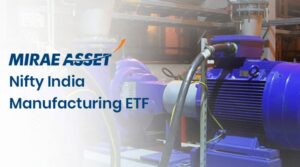
Conclusion
To sum up, ETFs have pros and cons. They give access to various stocks and asset classes. They carry a low expense ratio because an investor just needs to have one buy and sell transaction. An expert or fund advisor does not manage the portfolio. ETFs also help in risk management through diversification. The cons are- sector-specific ETFs limit diversification. Moreover, there are actively managed ETFs where a manager is involved in trading and changing holdings within the funds. The managers charge a higher fee which in turn increases the expense ratio.



